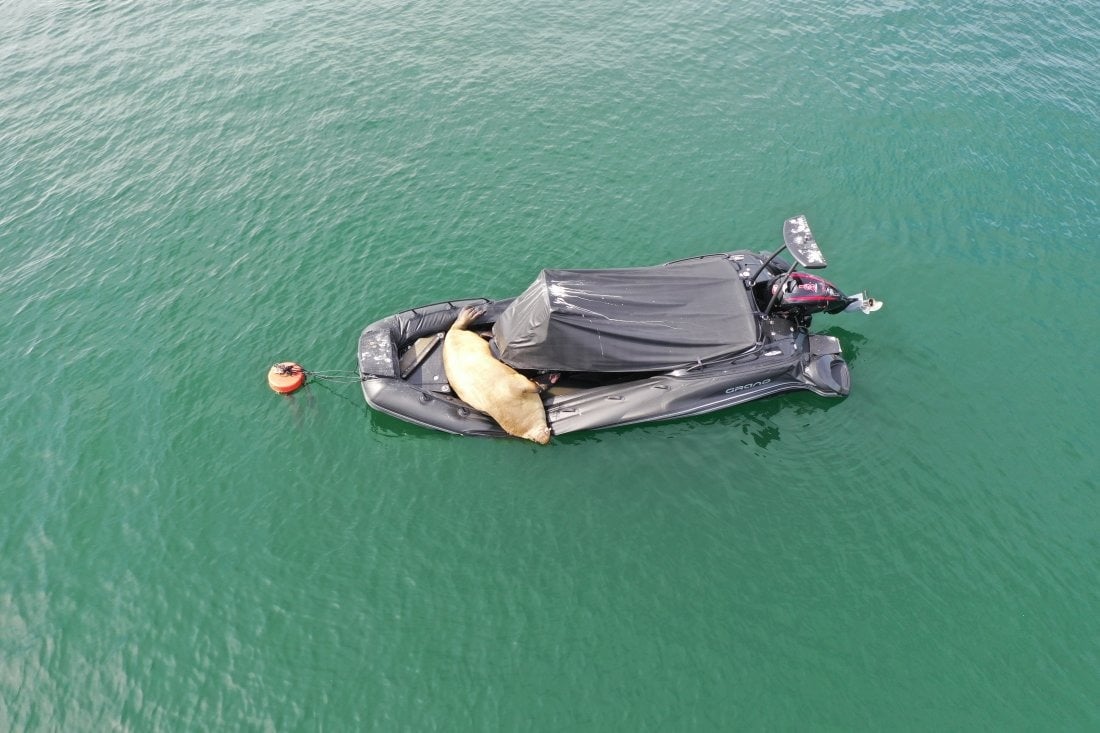
Freya, a 1,300-pound (589 kg) walrus, has been on an epic adventure since leaving her home in the Arctic Ocean in 2019. Over the past three years, the juvenile female has visited the coasts of Sweden, Denmark, England, Germany, the Netherlands, and the Shetland Islands. Freya, who is identified by her small tusks, white scar on her right nostril, and previous injury on her flipper, has now arrived in Norway.
The walrus was first spotted in the waters of the small coastal town of Kragerø in mid-July 2022, where she became an instant celebrity. After spending a few days relaxing aboard the docked leisure vessels, Freya headed over to Oslo's Frognerkilen Bay.

Since her arrival, the mischievous animal has been seen chasing a duck and attacking a swan. However, the hefty walrus spends most of her day resting on one of the many small boats docked at the bay. While not having access to their boats is frustrating for the owners, even more so is the fact that the vessels often end up getting destroyed due to Freya's weight. Local officials have tried to persuade Freya to rest on a custom wooden dock they built. But the walrus seems to prefer private vessels.
"It's a pity about the material damage, but that's the way it is when you have wild animals," Rolf Harald Jensen, a fisheries official, told Danish broadcaster TV2.
Local animal experts initially considered attempting to move Freya safely back to her home in the Arctic Circle. However, after seeing how well she is doing, they have decided to leave the walrus alone.
"She is doing well, feeding, resting, and seems to be in good condition," Norway's Directorate of Fisheries said on July 25, 2022.
But they are also warning the crowds of people rushing to catch a glimpse of Freya to do so from a distance — both for the sake of the animal's wellbeing and their own safety.
The officials say, "A walrus is not normally a danger to humans as long as you keep a safe distance. But if it is disturbed by humans and doesn't get the rest it needs, it may feel threatened and attack."
Resources: BBC.com, theguardian.com, NBCnews.com, sciencenorway.no
